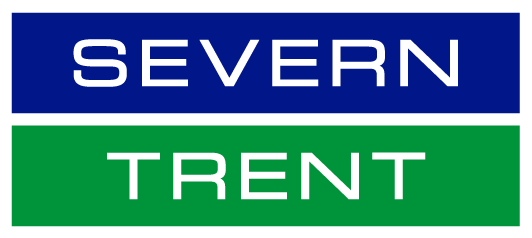Investors
Explaining Regulatory Capital Value
Regulatory Capital Value (RCV) is a measure of the company's market value plus the value of accumulated capital investment assumed at each price review.
The Regulatory Capital Value has been developed for regulatory purposes and is primarily used in setting price limits.
One of the key components our regulator, Ofwat, consider when assessing the revenues that water companies need, is a return on the capital invested in the business since privatisation.
Part of Ofwat’s responsibility under the Water Industry Act 1991 is to make sure that water companies like us can properly finance the things we plan to do.
It’s important Ofwat know how much income we can generate to sustain the spending plans we have.
To calculate RCV we take the opening RCV from the start of the financial year (1 April), add inflation and investment, then subtract depreciation and capital grants. This gives the RCV at the end of the financial year.
The RCV is remunerated through price limits using a cost of capital (on a real basis) set by Ofwat at each price review. The impact of inflation on the value of the RCV to investors and lenders is recognised by adjusting the value each year by RPI (and CPIH from AMP7).
Ofwat introduced the concept of RCV in the early 1990s and is now widely used by the investment community as a proxy for the market value of regulated businesses.
Key terms explained
Total expenditure (totex) is the sum of operating expenditure (opex), Infrastructure renewals expenditure (IRE) and capital expenditure (capex)
Pay-As-You-Go (PAYG) is a % set in the FD for each price control for each year which determines the amount of totex which is included in the P&L (and hence allowed for directly in revenue) – also called ‘fast money’
The remaining totex (“non PAYG” or “PAYG-1”) is added to the RCV and run off over time – also called ‘slow money’.
RCV run-off is an element of the bill and is the way the investment is recovered from customers over time
Capital Grants generally consist of government grants in relation to the environmental programme
